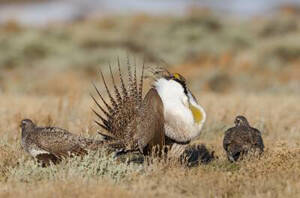
The Sage grouse (Centrocercus urophasianus), also known as Greater Sage-grouse without subspecies, is the largest grouse in North America.Sage grouse do not fly much except up and down trees. Because of their clumsy body, they flap their wings violently when they first take off, and make a ge-ge-ge...
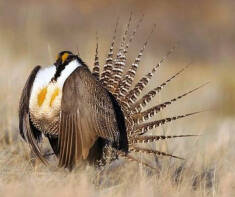
The Lesser sage Grouse (Centrocercus minimus) is Gunnison Grouse, no subspecies.The little sage grouse does not fly much except up and down trees. Because of his clumsiness, he fluttered violently when he first took off. When flying, the rise speed is slow, and after reaching a certain height, the w...
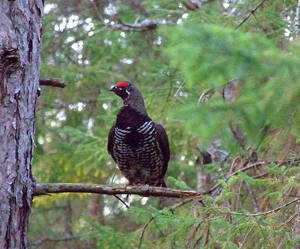
The Fir-tree chicken (Dendragapus canadensis), also known as Spruce Grouse, has six subspecies.Fir-tree chicken activity peaks in the early morning and late evening, pecking at grass. In the summer, this solitary activity on the ground, in the winter may gather in small groups of up to 30 individual...
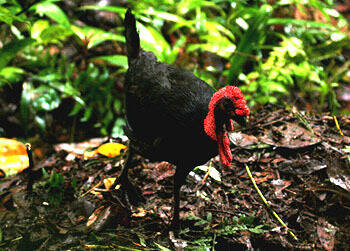
Its scientific name is Aepypodius bruijnii, and its foreign name is Bruijn's Brush Turkey. It has a special nesting habit. It does not incubate its own eggs, but lays its eggs in the accumulation of humus, sand and volcanic ash, which is incubated by natural heat.Protect wild animals and elimina...
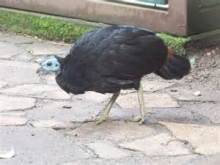
Wattled Brush-turkey (Aepypodius arfakianus) has a special nesting habit. It does not incubate its own eggs, but lays them in humus deposits, sand and volcanic ash, and incubates them by natural heat.Listed on the International Union for Conservation of Nature (IUCN) 2016 Red List of Threatened Spec...